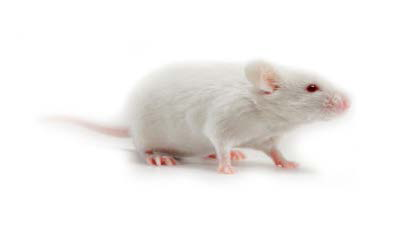Oct1 knockout rats
HsdSage:SD-Slc22a1em1Sage

Strain
Location
Order Today
Typically heterozygous rats are cryo-recovered in 10-12 weeks to an age of 7 weeks old. Subsequently homozygous rats to an age of 7 weeks old can be produced within 20-22 weeks.
- Background strain: Sprague Dawley
- Homozygous knockout rats exhibit complete loss of target protein as demonstrated by Western blot
Availability: Cryopreserved as heterozygous embryos
Zygosity: Heterozygous as live colony
This model contains an 11 bp bi-allelic deletion within exon 1 of the Slc22a1 solute carrier family 22 (organic cation transporter), member 1, encoding for the basolateral hepatocyte uptake transporter OCT1.
Oct1 is involved in disposition and excretion through its role in xenobiotic uptake in the basolateral membrane of the liver. Polymorphisms within the gene also have clinical relevance - making this a useful model for studying drug-drug interations, toxicity and metabolism in the liver.Oct1 was cryopreserved at the 12th generation. For more information on cryorecovery, please follow the link below.
Origin: The Oct1 KO rat model was originally created at SAGE Labs, Inc. in St. Louis, MO and distributed out of the Boyertown, PA facility. The line continues to be maintained through the original SAGE Labs animal inventory acquired by Envigo, then Envigo was acquired by Inotiv in 2021.

Available regions:
For pricing information, please contact us using the phone number above.

Research use and related publications
- ADMET
- Drug-drug interactions
- Drug metabolism
- Drug transporter
- Hepatotoxicity






